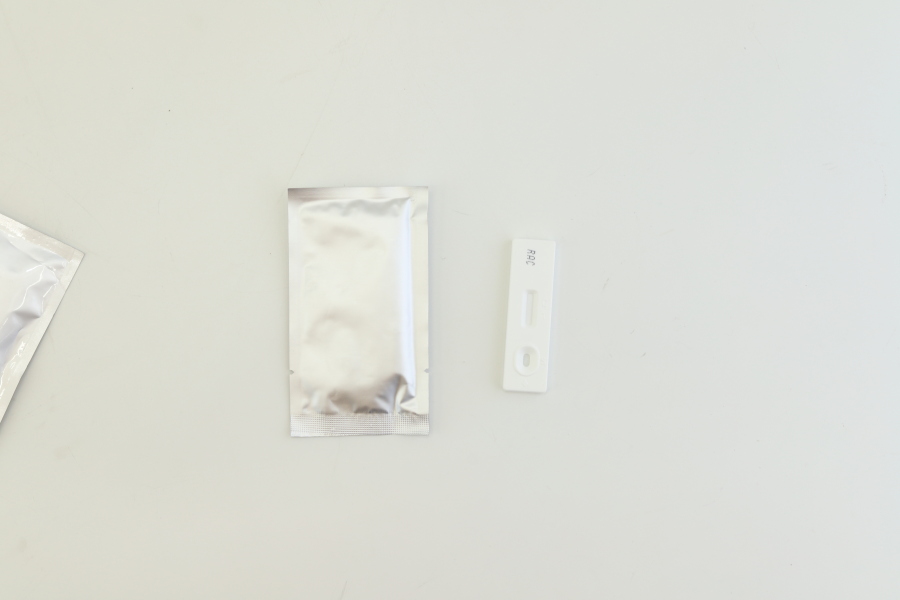In today's increasingly important food safety, pesticide residue detection is an important part of ensuring table safety, and technologies and methods are constantly iterating. Among them, the pesticide residue colloid gold card test report has become the preferred detection scheme in many scenarios due to its fast and convenient characteristics. So, what exactly is the pesticide residue colloid gold card test report? What are its unique features?
Simply put, the pesticide residue colloid gold card test report is a detection file generated based on colloid gold immunochromatography technology, which is mainly used for qualitative or semi-quantitative analysis of pesticide residues in food (especially agricultural products). The core principle is to use colloidal gold particles (a golden nanoscale marker) to bind to specific antibodies, and form a color-developing strip on the test strip through antigen-antibody reaction. The tester quickly determines whether there are specific pesticide residues in the sample according to the presence or depth of the strip, and organizes the test results into a standardized report.
The advantages of this test report are very prominent. The first is the speed, the entire testing process (including sample preprocessing and result interpretation) usually only takes 10-15 minutes, much faster than traditional laboratory testing methods, which can meet the needs of on-site rapid screening; secondly, the operation is convenient, without the need for complex equipment, ordinary personnel can get started after simple training, suitable for grass-roots supervision, market sampling, enterprise self-inspection and other scenarios; furthermore, the cost is relatively low, and consumables such as test strips are affordable, suitable for large-scale and normalized testing; finally, the accuracy rate is high, and under standardized operation, the detection limit of common pesticides can reach the national standard limit, which can effectively avoid "missed inspection" or "false inspection".
From the perspective of application, the pesticide residue colloid gold card test report is widely used in agricultural product production bases (such as vegetable and fruit growers), food processing enterprises, farmers' markets, catering units, and market supervision departments. For example, farmers can use it to quickly determine whether the freshly picked fruits and vegetables have pesticide residue exceeding the standard, and adjust the treatment plan in time; supervisors can obtain preliminary test results on the spot during market sampling inspections, and focus on verification of suspected excessive samples; enterprises can use it as the first line of defense for product quality control to ensure that the food entering the market meets safety standards.
Of course, as a rapid detection method, the pesticide residue colloid gold card test report also has certain limitations, such as it is mainly suitable for the screening of common pesticides, for new or trace residues may not be accurately identified, so it is usually used as a preliminary detection method, and the follow-up may need to be combined with laboratory precision instruments for further confirmation.
In general, the pesticide residue colloid gold card test report is an important bridge connecting the production end and the consumption end. It plays an irreplaceable role in food safety supervision with the characteristics of "fast, simple and efficient", providing strong support for guarding our "tongue safety".


